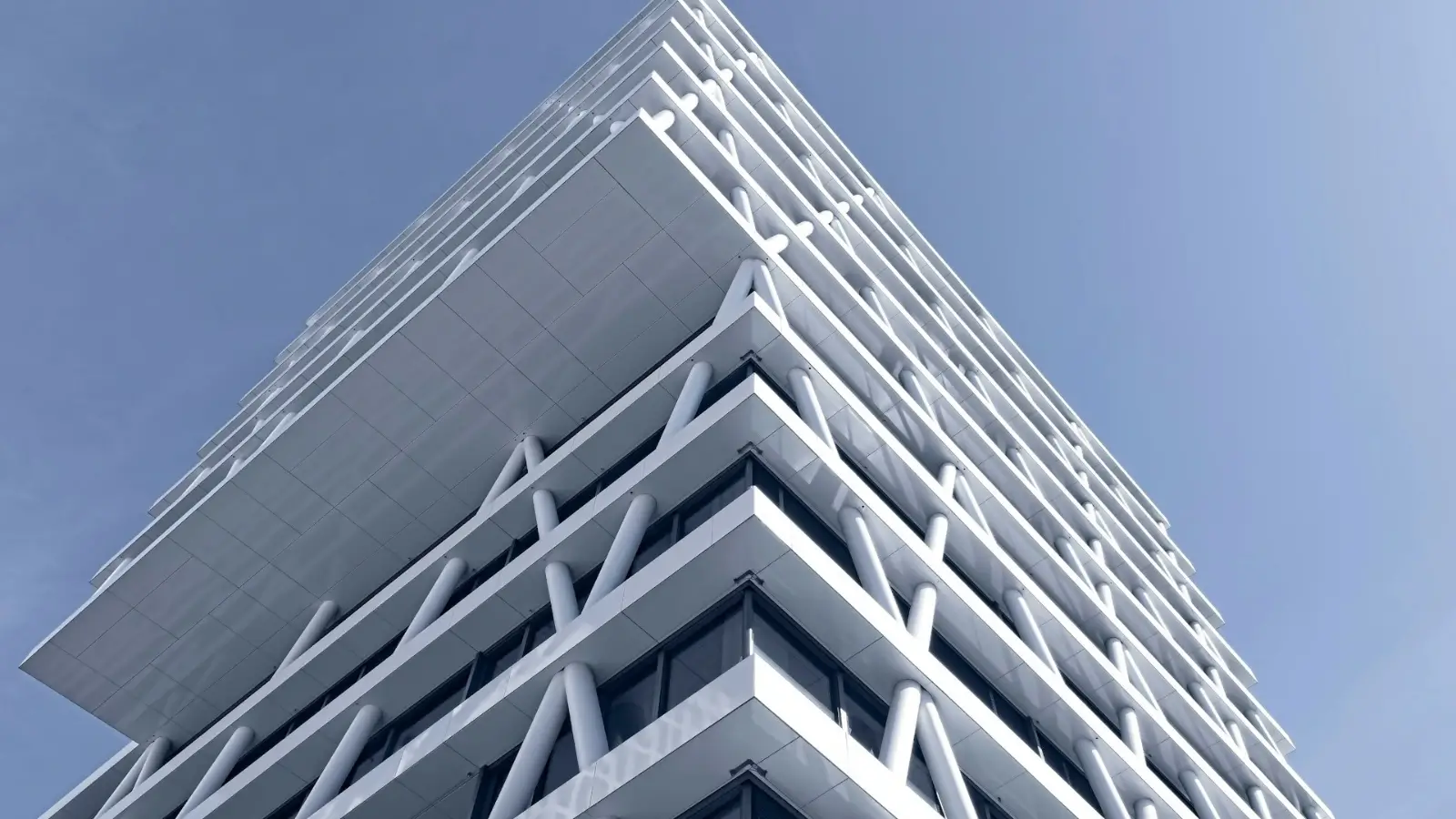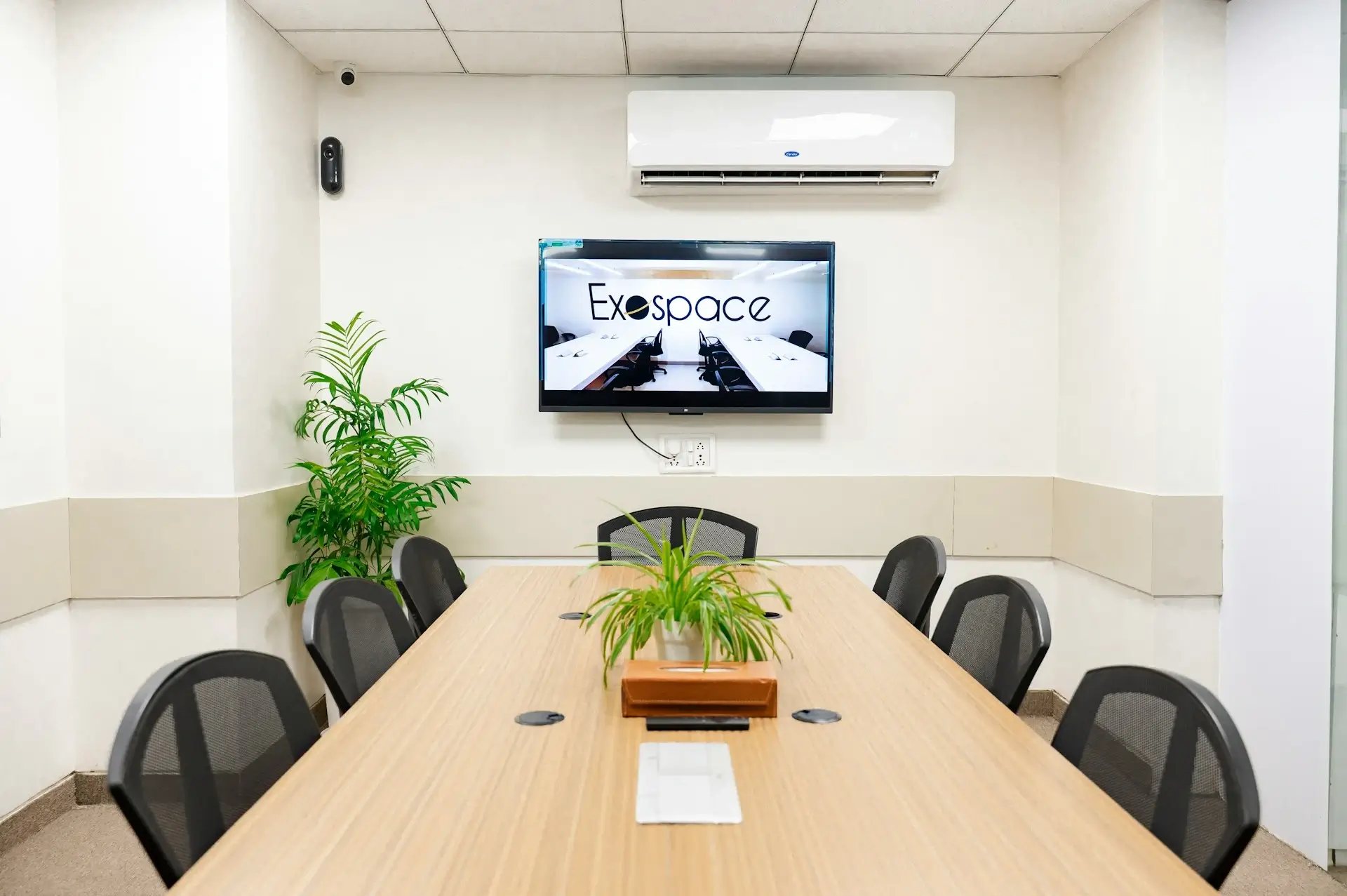


Modern commercial building management strategies involve a mix of technology, sustainability, and financial planning. In addition to efficient maintenance and smart automation, exploring options such as seller financing for commercial real estate can provide businesses with flexible ownership opportunities. These strategies ensure that property investments remain profitable and adaptable to evolving market demands.
The landscape of commercial building management is evolving rapidly. Proper planning and management have become indispensable. With rising operational costs and increasing energy consumption, businesses must adopt smarter strategies to stay competitive and efficient. Modern businesses are rethinking long-term maintenance and operational efficiency by prioritizing sustainability, safety, and cost-effectiveness.
This blog post explores innovative approaches that redefine commercial building management and maintenance. We’ll cover:
Effective commercial property maintenance demands a deep understanding of the core challenges property managers face. Rising operational costs and energy consumption are pressing issues that can quickly erode profit margins if not properly managed. Maintenance managers must balance aesthetic appeal and durability in their design choices to ensure buildings remain attractive and cost-effective to maintain.
Property managers must navigate the complexities of energy management and building maintenance. This involves HVAC and electrical systems, requiring comprehensive understanding and continuous monitoring to maintain efficiency and compliance. A facilities manager ensures effective commercial property maintenance by implementing proactive strategies to prevent issues before they become costly repairs, rather than merely fixing problems as they arise.
Health, safety, and accessibility standards are critical in building operations. Although daunting, keeping up with regulatory compliance is essential for occupant wellbeing and legal compliance. A proactive approach, focusing on preventative rather than reactive strategies, helps avoid major breakdowns and ensures smooth building operations. Obtaining building operator certification can further enhance the effectiveness of these fire safety measures.
One area that illustrates this shift is flooring and finishes. Durable and low-maintenance surfaces such as vinyl plank for flooring are becoming increasingly popular for high-traffic areas. They combine resilience, ease of upkeep, and modern design, offering long-term cost savings while maintaining a professional aesthetic. Such strategic material choices highlight how property managers balance operational efficiency with functionality.
The materials chosen for commercial buildings significantly impact long-term operational savings. A growing trend is the selection of durable and low-maintenance materials that withstand daily use. Flooring, wall finishes, and fixtures are no longer just aesthetic choices; they are strategic decisions that impact maintenance costs and building longevity.
Energy-efficient technologies and advanced materials are increasingly prevalent in the industry. These advancements reduce maintenance costs and improve the overall efficiency of commercial buildings. For instance, energy-efficient systems lower energy consumption and contribute to a more sustainable environment.
Design choices crucially influence employee productivity and tenant satisfaction. A well-designed interior, aligning with occupant needs, enhances workplace wellness and comfort, leading to higher tenant retention rates. Integrating smarter materials and thoughtful design enables commercial buildings to achieve both operational efficiency and tenant satisfaction.

Outsourcing expertise is a vital strategy for achieving operational efficiency in commercial building management. Many businesses rely on specialized contractors and service providers to handle complex maintenance and operational tasks. This approach brings in expert knowledge, significantly reduces operating costs, and improves project outcomes.
Outsourcing offers benefits beyond cost savings. Specialized contractors bring expertise and experience that in-house teams may lack, ensuring projects are completed efficiently and to a high standard. Numerous real-world examples highlight how outsourcing leads to successful project delivery, emphasizing the value of external experts.
Task management becomes more streamlined with outsourced services. These providers often have access to advanced technologies and methodologies that improve maintenance efficiency and reduce completion time. Outsourcing allows businesses to focus on core operations while ensuring commercial properties are maintained to high standards.
In Australia, companies such as froth build - commercial building services exemplify this trend. They provide specialized solutions that cover construction, renovation, and long-term building maintenance, ensuring that property owners can rely on expert support while minimizing operational burdens. Such partnerships demonstrate the value of outsourcing to deliver consistent, high-quality results in commercial building management.
Technology is revolutionizing commercial building management and maintenance through:
Smart maintenance systems reduce long-term costs and improve building operations efficiency. These systems use data to predict maintenance needs, allowing timely interventions that prevent costly repairs and extend building systems’ lifespans. Facilities managers can leverage these technologies for maintenance management to significantly reduce operating costs and improve overall building performance through systems maintenance certification.
Advanced technologies also enhance energy management. Monitoring energy usage and implementing energy-efficient systems achieve substantial cost savings and reduce environmental impact. Adopting these technologies is essential for the future of commercial building management.

Security and access systems are crucial components of modern commercial buildings. Secure entrances and exits ensure occupant safety and compliance with safety regulations. Shutters, doors, and other access systems are the first line of defense against unauthorized access and potential safety hazards. These systems are essential for maintaining the integrity of critical systems within the infrastructure.
Preventive maintenance of these systems is crucial to avoid costly and disruptive emergency repairs. Building maintenance workers must regularly inspect and maintain security systems to ensure reliable function. Effective commercial property maintenance involves ongoing care and upgrades, not just installation. Routine maintenance, proper maintenance, and obtaining a building systems maintenance certification can further enhance the skills of maintenance technicians.
Smart locks and integrated security systems are becoming increasingly common in commercial buildings. These technologies offer enhanced control and monitoring capabilities, allowing facilities managers to manage access and security effectively. Embracing these innovations allows property managers to significantly improve building safety and security.
Regular upkeep also applies to physical systems such as shutters and entryways. Timely roller shutter repair ensures secure access points remain functional and compliant with safety standards. Proactive care in this area not only enhances safety but also reduces costly emergency interventions.
Sustainability and energy efficiency have become imperative in commercial building management. Green building certifications, such as LEED, promote sustainable practices in commercial spaces. These certifications set standards for sustainable design and operational practices, reducing environmental impact and improving building efficiency.
Sustainable design practices involve:
Implementing these practices benefits the environment and leads to significant cost savings for property managers.
Proactive maintenance strategies are essential for achieving sustainability goals. Focusing on preventive maintenance and regular inspections ensures building systems operate efficiently and sustainably. These efforts contribute to overall sustainability and help future-proof commercial properties against rising energy costs and environmental regulations.

The human element is a critical aspect of effective commercial building management. Tenant comfort and workplace wellness are paramount for maintaining high tenant satisfaction. Property managers must consider occupant needs and preferences to create environments that foster productivity and wellbeing.
Safety training for staff and maintenance teams is essential. Proper training ensures maintenance professionals perform tasks safely and efficiently, reducing accident risk and improving overall operations. Collaboration between building managers and service providers ensures maintenance activities are carried out effectively and timely.
Building managers should interact with tenants regularly. This helps them understand tenant needs and address concerns quickly. This proactive approach builds strong relationships and enhances tenant retention rates. The human factor is integral to successful property manager commercial property management and cannot be overlooked.
Proactive maintenance strategies offer significant long-term value for commercial buildings. Preventive care extends the lifecycle of critical assets, reducing the need for costly emergency repairs and replacements. Investing in regular maintenance and inspections achieves significant cost savings and improves property value.
Balancing upfront investments with future savings is key for maintenance managers. Proactive maintenance may require higher initial costs, but the long-term benefits far outweigh maintenance expenses. Case studies show early intervention and regular maintenance lead to substantial cost benefits and improved asset life performance.
Implementing a comprehensive maintenance schedule and utilizing a computerized maintenance management system can streamline maintenance activity and improve efficiency. These tools ensure preventive maintenance tasks are timely and high-quality, further enhancing the value of proactive strategies, including implementing preventive measures, while adhering to maintenance schedules.
Recapping the discussed modern approaches, it’s clear effective commercial building management requires a multi-faceted strategy. Integrating design, technology, and services leads to more efficient, sustainable, and cost-effective building management. Embracing these practices ensures buildings remain competitive and attractive to tenants.
Future-proofing commercial buildings and office buildings involves staying ahead of trends and continuous improvement of practices. Focusing on tenant satisfaction and retention, and leveraging advanced technologies and sustainable practices, creates commercial properties built to last. The road to efficient building management is paved with proactive strategies and a commitment to excellence.
In summary, managing and maintaining commercial buildings in the modern era involves embracing new strategies and technologies. By addressing core challenges, selecting smarter materials, outsourcing expertise, enhancing security, and prioritizing sustainability, property managers can achieve significant cost savings and improve tenant satisfaction. Proactive maintenance and a focus on the human factor are also essential for long-term success.
The key to effective commercial building management lies in a holistic approach that integrates design, technology, and services. By staying ahead of trends and continuously improving practices, property managers can ensure that their buildings remain efficient, sustainable, and attractive to tenants. The future of commercial building management is bright, and the possibilities are endless.
The core challenges of commercial building management are rising operational costs, high energy consumption, and the need to balance aesthetics with durability while adhering to health, safety, and accessibility standards. Addressing these issues is crucial for effective property management.
Property managers can significantly benefit from outsourcing expertise as it provides access to specialized knowledge, reduces costs, and enhances overall efficiency, resulting in better project outcomes.
Proactive maintenance is essential as it extends the lifecycle of critical assets while minimizing costly repairs, ultimately resulting in substantial long-term cost savings. Prioritizing this approach can greatly enhance efficiency and reliability in your operations.
Technology enhances building operations by enabling real-time monitoring and predictive analytics through IoT, AI, and automation, ultimately improving efficiency and reducing costs. Embracing these advancements can lead to smarter, more sustainable building management practices.
Sustainability is crucial in commercial building management as it minimizes environmental impact and reduces operational costs through energy-efficient systems. Emphasizing sustainable practices also helps future-proof buildings against regulatory and market changes.